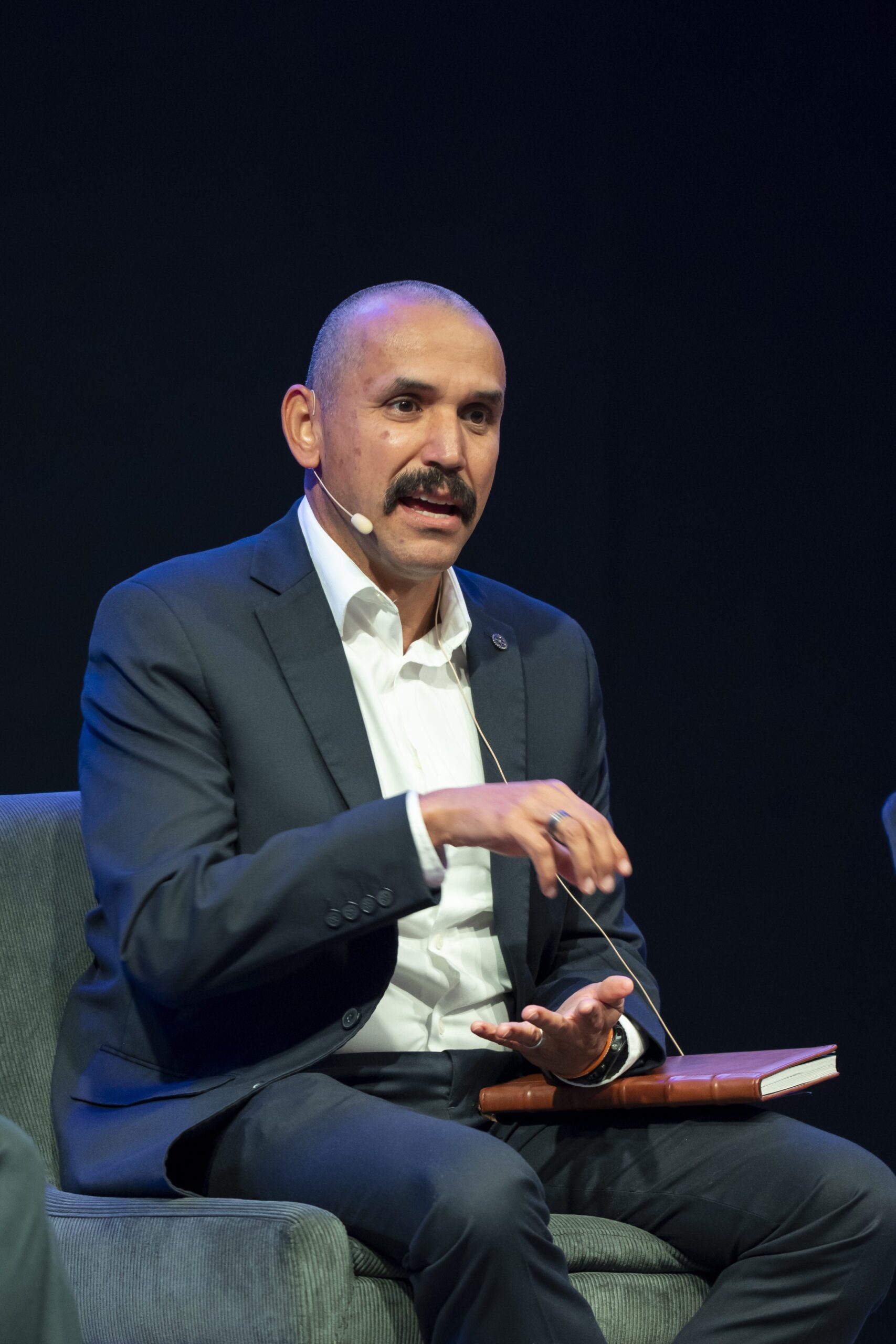Affordable housing, quality health care and fostering a culture of dignity and inclusion are key components of building a robust Wisconsin workforce.
At a time of labor market upheaval and changing workforce needs, organizations are looking to the basic needs of a variety of employee groups and seeking creative solutions, experts said at the first-ever Wisconsin Economic Summit in Appleton in mid-September.
Mariah Goode, director of Door County Land Use Services Department, said affordable housing is one of the keys to building a strong workforce. Door County has struggled with providing affordable housing since the 1990s.
“We had a really hard time getting teachers, for example, to come to Door County, because they can’t afford homes here. If they want to rent, there’s very little rental,” Goode said.
Working with the Door County Housing Partnership, they came up with a community land trust model to build eight to ten affordable homes in Sister Bay.
“The housing partnership sells the house at a price that’s affordable,” Goode said. “Then, the buyer is locked in as far as equity that they can gain on that house, so when they sell it, it will go to someone who is an income-qualifying member of the community.”
That ensures that the home will be perpetually affordable, she explained. The program was made possible by a Workforce Innovation Grant through WEDC.

Dawn Nuoffer talks about opportunities for Wisconsin businesses in employing people with intellectual and developmental disabilities.
Businesses with workforce needs too often overlook what Dawn Nuoffer calls an “unseen talent pool” of individuals with intellectual and developmental disabilities. Nuoffer, president and CEO of the Down Syndrome Association of Wisconsin, said people with diverse abilities offer the state a rich opportunity.
“We really have the first generation of people with diverse abilities who received education and support since the time they were born, and they’re thriving,” she said. “They need employers and they need our government to see them, believe in them, train them.”
Nationally, Nuoffer said estimates show that if just 1% more people with diverse abilities enter the workforce, gross domestic product will rise by $25 billion.
“The companies that improved their inclusion practices were four times more likely to outperform their peers,” she said. “Their employee turnover rate, not just the people with disabilities, was lower by 30% than their peers’.”
The Down Syndrome Association of Wisconsin, along with eight partners, was awarded a Workforce Innovation Grant of up to $9 million. The funding will help educate people with diverse abilities and their families in to increase the number of trained workers for manufacturing and hospitality jobs and improve societal expectations and reduce barriers to employment.
Balthazar de Anda Santana, executive director of the Latino Academy of Workforce Development Inc., said employers can tap the power of the Latinx workforce by making a stronger commitment.
“We need to start providing a bilingual system” said de Anda Santana, whose organization provides workforce training, adult education and employment programs. “Having an ‘Hola’ sign at your place of work is not enough.”

Welcoming the Latinx community through language and culture in the workplace will help employers to tap this talent pool, says Balthazar de Anda Santana.
He added that employers need to recognize the Latinx workforce is changing and diversifying, encompassing not only Mexican workers, but those from Central and South America, too—and that those employers should look beyond traditional roles.
“We need to look beyond restaurants and cleaning and landscaping. What about IT? What about manufacturing?” he asked.
At UW-Eau Claire, a Workforce Innovation Grant of up to $9.4 million will provide an approach to alleviating workforce shortages in key areas of health care, education and social services. It will partner with Mayo Clinic Health System in Northwest Wisconsin, which will work to build curriculum and clinical experiences to graduate more nurses.
Michael Carney, assistant chancellor for strategic partnerships at UW-Eau Claire, said the partnership allows the university a chance to re-envision its curriculum. There, Mayo Clinic nurses will provide instruction in clinical settings, with nurses on the floor providing education.
It also involves preventive health coordinators that will be embedded in communities where rural patients are.
“Rural patients can come to Eau Claire for their care every week, and when they go home, someone in the community is there to help them with their care,” Carney said.
